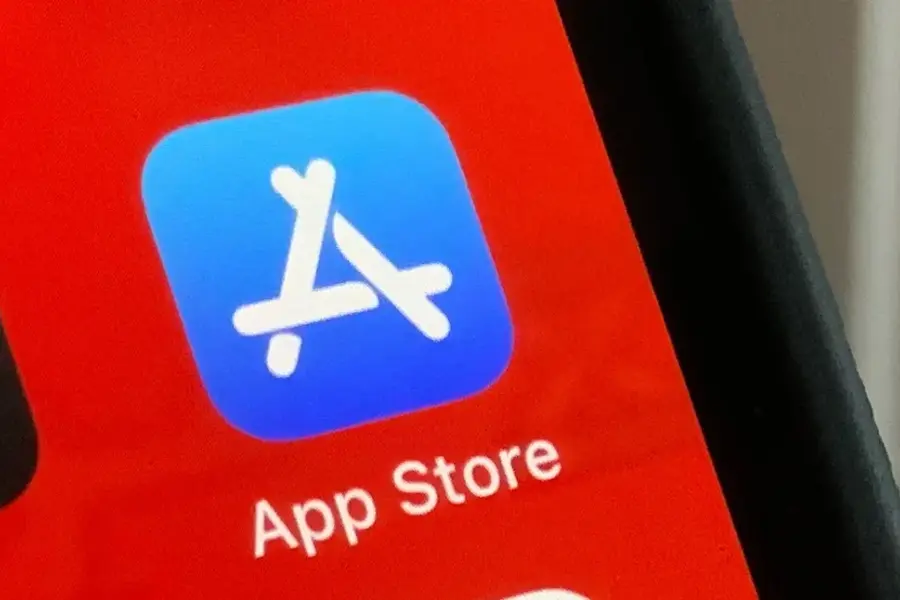Apple has quietly rolled out a transformative feature in the developer beta of iOS 26 — AI-generated tags for the App Store — to redefine how users discover apps. First unveiled during the company’s Worldwide Developer Conference (WWDC) in 2025, this new tagging mechanism harnesses artificial intelligence to extract deeper contextual information from apps, with long-term implications for App Store search visibility and categorization.
Although the feature is currently limited to the developer beta and does not yet impact the public App Store or its search algorithm, it represents a significant pivot away from traditional keyword-based discoverability. For now, these tags are not visible to regular users, nor do they affect how apps rank in public search results. Still, the developer community is already speculating about how this new system could shift optimization strategies going forward.
App intelligence firm Appfigures recently released an analysis suggesting that screenshot metadata may now be playing a larger role in app ranking. The company theorized that Apple was using Optical Character Recognition (OCR) to read text from app screenshots to influence search outcomes. However, Apple clarified during WWDC that the technology is not based on OCR, but rather on advanced AI algorithms designed to interpret and contextualize various forms of metadata, including screenshot content, app descriptions, category information, and more.
This approach allows Apple to assign relevant tags automatically without requiring developers to manipulate their screenshots or over-optimize text content. The company explicitly advised against stuffing keywords into visual assets, noting that the AI system is capable of extracting key information without such manual input. This change aims to streamline the app submission process while also leveling the playing field for developers who may not have access to sophisticated marketing resources.
Importantly, Apple stated that developers will retain the ability to review and manage the tags associated with their apps. Before any tags go live, they will be reviewed by human moderators to ensure accuracy and appropriateness — a move designed to prevent mislabeling or misuse of AI outputs. While developers won’t need to manually add tags, they will have a say in which tags ultimately define their app’s identity on the platform.
This AI-driven tagging system reflects Apple’s broader push toward intelligent content curation. Rather than relying solely on static keywords provided by developers, the system dynamically assesses app characteristics to improve user recommendations and search relevance. For users, this could mean more accurate results and better discovery of apps that meet their needs, even if they don’t use exact-match search terms.
Looking ahead, developers will need to pay closer attention to the overall quality and clarity of their app content. Since the AI tags will be derived from a combination of textual and visual metadata, clear descriptions, well-structured content, and accurate screenshots will all contribute to stronger discoverability. The shift may also require a new mindset when it comes to App Store Optimization (ASO), moving away from keyword manipulation and toward holistic, user-centric presentation.
While there’s no official timeline for when the tags will begin affecting the public App Store or when they will roll out globally, Apple’s direction is clear: discoverability in the App Store is moving toward a smarter, more intuitive future. As the beta progresses and developers begin engaging with the new tagging tools, this evolution could usher in a new standard for how apps are categorized, ranked, and surfaced — one where meaningful metadata and AI-powered insights play a central role.







